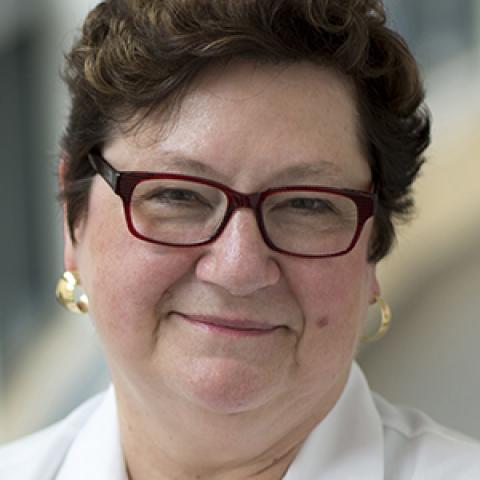As many of you know, as of September 1 our school entered into a new agreement with University Hospitals. While we will continue to partner with UH on educational, research, and community service programs, it will no longer be identified as our school’s primary affiliate. In light of the unprecedented change of pace in medical education and the competitive realities of biomedical research, a true multi-affiliate model makes better sense for our school. Such an arrangement provides greater flexibility to form partnerships on important short- and long-term initiatives.
This increased flexibility entrains changes in funds flow between UH and CWRU, with less exchange of funds in both directions, and with greater responsibility for bearing research costs resting at UH. It also entrains the renaming of the clinical facility on the main campus UH-Cleveland Medical Center. NIH and most federal grants will continue to flow solely through CWRU as do NIH grants at all affiliated hospital systems.
The ability to collaborate with area institutions, agencies, and organizations has long been a source of strength for our school and accomplishment for our faculty. While we will be continuing our extensive and successful collaborations with UH on research, we will also cultivate partnerships with the finest scientists at Cleveland Clinic, MetroHealth Medical Center, and the Louis Stokes VA Medical Center in addition.
We only have to look at the Case Comprehensive Cancer Center to see how successful this kind of model can be. Cancer is an exceedingly complex and ever-changing set of diseases; devising fresh approaches to develop novel diagnostic and therapeutic interventions requires expertise across multiple disciplines. The Center comprises more than 370 members from 32 departments at CWRU, University Hospitals, Cleveland Clinic, and MetroHealth Medical Center. Not only does this framework provide the flexibility to assemble research teams well suited for the tasks at hand, but the Center’s catchment area encompasses 80 percent of the population of greater Cleveland, the largest share of any NCI-designated cancer center in the United States.
Collaborative efforts are not limited to our affiliated hospitals. Another example of the power of collaboration is our ability to bring together municipal agencies and health care organizations in Cleveland to develop and manage complex public health initiatives that assist the most in-need members of our community. For example, the Clinical and Translational Science Collaborative of Cleveland provides developmental, organizational, financial, and educational support to area biomedical researchers as well as opportunities for community members to participate in valuable research. The Medicaid Technical Assistance and Policy Program (MEDTAPP), in which our school takes the lead, provides support for research, technical assistance, and programmatic activities for Ohio Medicaid’s policy priorities. Most recently, we’ve been asked to play a central coordinating role in helping reduce infant mortality through the First Year Cleveland initiative.
We are often told that one of the chief reasons our students choose CWRU is the diversity of clinical care settings we provide. Under the new agreement, University Hospitals will continue to provide clerkship slots for our students. CWRU faculty members at UH will continue to train our students exclusively, ensuring that they receive the highest level of education and mentorship.
The goals of the School remain unchanged: we intend to be the best in medical education and in the education of biomedical scientists; we will ensure that our discoveries have every opportunity to reach patients; and we will improve the health of our community. We will build on past success and continue to seek collaboration, community, and cures.


